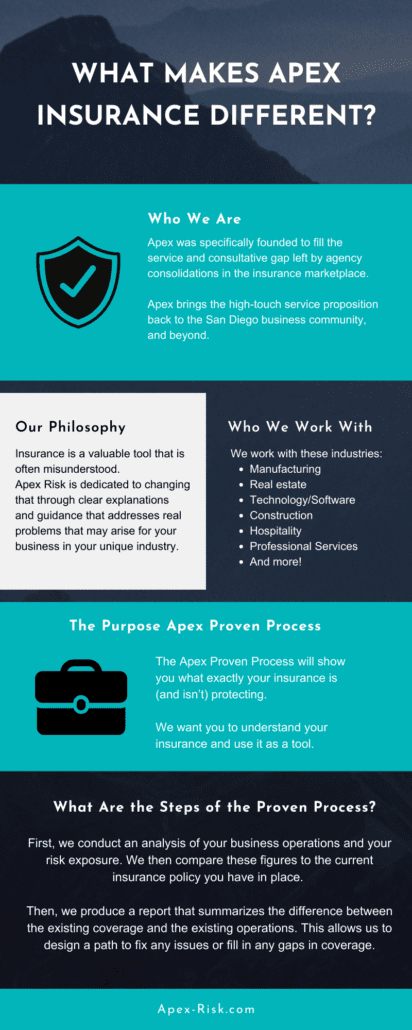Fascination About Pacific Prime
Fascination About Pacific Prime
Blog Article
The Ultimate Guide To Pacific Prime
Table of ContentsMore About Pacific PrimeMore About Pacific Prime8 Simple Techniques For Pacific PrimeFascination About Pacific PrimeFacts About Pacific Prime Uncovered

This is since the information were gathered for a period of solid economic efficiency. Of the estimated 42 million individuals who were without insurance, all yet concerning 420,000 (concerning 1 percent) were under 65 years old, the age at which most Americans come to be eligible for Medicare; 32 million were grownups between ages 18 and 65, about 19 percent of all grownups in this age group; and 10 million were kids under 18 years old, regarding 13.9 percent of all children (Mills, 2000).
These quotes of the variety of persons uninsured are generated from the annual March Supplement to the Existing Populace Survey (CPS), carried out by the Census Bureau. Unless or else kept in mind, national price quotes of people without health insurance and proportions of the population with different sort of insurance coverage are based on the CPS, the most extensively used source of price quotes of insurance protection and uninsurance rates.
All About Pacific Prime

Still, the CPS is particularly useful due to the fact that it generates yearly price quotes reasonably rapidly, reporting the previous year's insurance policy coverage approximates each September, and since it is the basis for a constant collection of estimates for greater than 20 years, enabling analysis of trends in insurance coverage in time. For these factors, as well as the substantial use the CPS in other research studies of insurance policy protection that are provided in this report, we rely on CPS estimates, with constraints kept in mind.

The price quote of the number of without insurance people expands when a populace's insurance policy status is tracked for several years. Over a three-year period starting early in 1993, 72 million people, 29 percent of the united state populace, were without insurance coverage for at least one month. Within a solitary year (1994 ), 53 million people experienced a minimum of a month without coverage (Bennefield, 1998a)
6 out of every ten without insurance grownups are themselves utilized. Working does enhance the chance that one and one's family members will have insurance, it is not a warranty. Even participants of family members with two full time wage income earners have virtually a one-in-ten chance of being uninsured (9.1 percent uninsured price) (Hoffman and Pohl, 2000).
Pacific Prime - Questions
New immigrants make up a substantial percentage of people without health insurance coverage. One evaluation has associated a substantial portion of the recent development in the size of the U.S. uninsured populace to immigrants that arrived in the nation between 1994 and 1998 (Camarota and Edwards, 2000). Current immigrants (those who pertained to the United States within the previous 4 years) do have a high rate of being without insurance (46 percent), yet they and their children represent just 6 percent of those without insurance coverage nationally (Holahan et al., 2001).
The connection in between wellness insurance coverage and accessibility to care is well developed, as documented later on in this chapter. The connection in between wellness insurance and wellness end results is neither straight nor easy, a substantial scientific and health solutions study literature links wellness insurance coverage to better access to care, better top quality, and boosted personal and population wellness condition.
Levels of analysis for analyzing the impacts of uninsurance. It focuses specifically on those without any type of health insurance coverage for any size of time.
Pacific Prime Fundamentals Explained
The problems encountered by the underinsured are in some aspects comparable to those dealt with by the uninsured, although they are generally much less severe. Health insurance, however, is neither essential neither adequate to get accessibility to clinical services. The independent and direct impact of health insurance coverage on accessibility to health services is well developed.
Others will certainly get the health treatment they require even without medical insurance, by paying for it out of pocket or seeking it from service providers that use care complimentary or at highly subsidized prices. For still others, health insurance policy alone does not ensure invoice of treatment due to various other nonfinancial barriers, such as an absence of healthcare providers in their neighborhood, minimal access to transport, illiteracy, or linguistic and social differences.
9 Simple Techniques For Pacific Prime
Formal research regarding without insurance populaces in the USA dates to the late 1920s and very early 1930s when the Committee on the Cost of Treatment created a collection of records concerning funding physician office check outs and hospital stays. This concern came to be significant as the numbers of medically indigent climbed up throughout the Great resource Depression.
Report this page